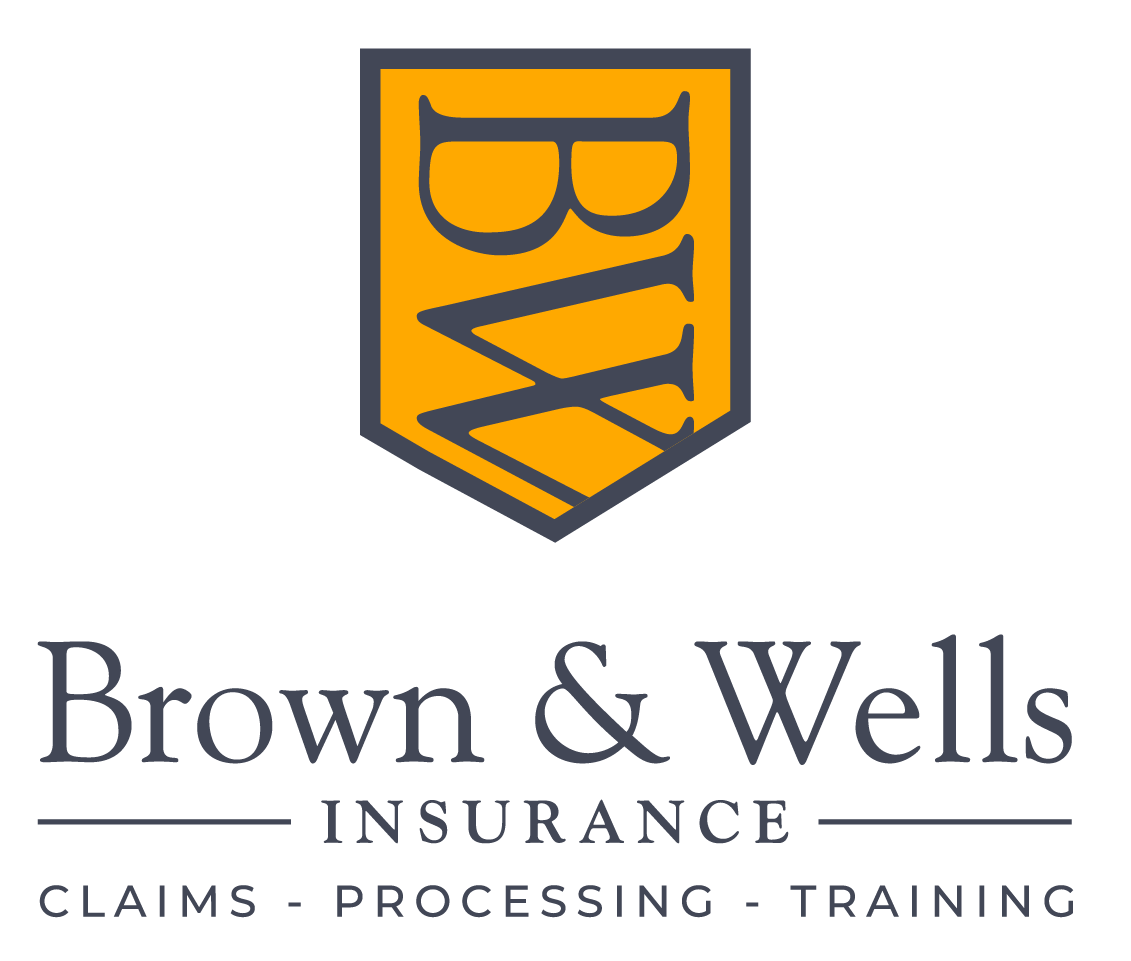Somehow, it’s already that time of year again: tax time. How much you will owe this year depends on how your situation is set up and how well organized you are.
Sorting through receipts, calculating deductions and filing taxes isn’t fun or easy for anyone but is even more difficult for independent insurance adjusters who are 1099 (sometimes handling multiple 1099s in a year or at the same time) and organizing deployment expenses.
Most new adjusters and many experienced adjusters are also unclear on the business entity options available to them, such as limited liability companies and S corps.
Some adjusters will elect to get paid on a day rate as a W-2 employee, in which case these strategies won’t all apply, but our first strategy applies to everyone across the board.
If you or an independent adjuster you know is struggling to make sense of their taxes, here are our strategies for minimizing your taxes.
Find the Best Tax Preparer or Tax Advisor Near You
As new adjusters, we had to learn this the hard way. We had never made $100,000 in a year before becoming an adjusters and made the mistake of going to one of the big box tax preparers our first year. Needless to say, we didn’t file all of our deductions or write off the expenses we were entitled to.
Our second year we went back (one of those fool me once situations) and a different advisor took our taxes in a different and equally unbeneficial way.
Life is such a great teacher that when you do not learn a lesson, it will repeat itself all over again
We finally learned our lesson and found the best CPA we could find in our area and we recommend you do the same. Our CPA costs a couple hundred dollars more annually than the big box tax preparers and saves us TENS OF THOUSANDS OF DOLLARS every year.
During your search for tax advisors there are several things you need to do;
- Interview and make sure they’re a good fit for you
- Ask for a Preparer Tax Identification Number (PTIN)
- Require a CPA, law license or enrolled agent designation
- If you have friends or family in high places, ask them who they use (finances shouldn’t be taboo)
- Compare tax advisor fees
- Reconsider tax advisors who don't e-file
- Confirm they'll sign on the dotted line
Form an LLC or S corp.
As an independent adjuster, you are your own boss, accepting assignments from your clients (IA firms). Many adjusters choose to form their own business entities, which can offer tax benefits as well as asset protection.
The most common ways to incorporate are as a limited liability company (LLC) or an S corp. Either way, you can only be held liable for the amount you’ve invested in the company, protecting your home and other assets if something goes wrong.
LLCs can have an unlimited number of members; S corps can have no more than 100 shareholders (owners). Non-U.S. citizens/residents can be members of LLCs; S corps may not have non-U.S. citizens/residents as shareholders. S corporations cannot be owned by corporations, LLCs, partnerships or many trusts.
LLC owners must pay a 15.3% self-employment tax on all net profits*. S corporations have looser tax and filing requirements than C corporations. An S corp. is not subject to corporate income tax and all profits pass through the company.
The S corp offers another substantial benefit, too – potentially reducing your income taxes. As the owner of an S corp, you can pay yourself a “reasonable” salary from your earnings and then take the rest of your income as dividends, which are taxed at a lower rate.
LLCs do require maintenance, but it's nowhere near as formal as a corporation. A corporation requires an annual meeting, corporate minutes, and more.
With an LLC, it's less corporate, so you don't necessarily have to do that. You can if you want, but it's not required.
You do, however, have to file a report with the Secretary of State, which is typically required on an annual basis.
Laws can vary by state, so talk to an accountant to decide which type of entity makes sense for you and your business.
Write off more than you spend
It isn’t against the law – it’s just smart business. If you spend a lot of time on the road for deployments, hotel and meal expenses can add up. Some adjusters try to stay organized by adding receipts to a spreadsheet or only using one credit card for their travel expenses, but it can be difficult for busy adjusters to keep up with all those costs.
The truth is, you don’t need to know the exact dollar amount that you spent to write it off on your taxes. The federal government allows you to deduct a per diem allowance from your taxable income, based on your location. That means you’re entitled to a different per diem rate working in downtown Manhattan than in Manhattan, Kansas.
For independent adjusters who spend dozens or even hundreds of days a year working in various locations, calculating all those per diem rates can be tougher than keeping track of receipts. Failing to take these deductions, though, means potentially leaving a lot of money on the table. To make sure you’re taking all your deductions, consider software solutions or professional services that do the legwork for you. The initial cost is often far less than the money you’ll save on your return.
Track your income and expenses
How many claims have I completed? Have I been paid for each one? Am I working with the right companies? Tracking payments and expenses is especially important for adjusters juggling assignments from multiple firms.
Since most firms pay based on successful claim closures, not just submitting a claim file for review, you may need to follow up on claims so you’re not paying taxes on income that never actually arrived. Make sure to submit reimbursements for expenses outside of your per diem, too, such as new laptops, ladders or software license fees (Xactimate costs $250 per month if you pay out of pocket).
Doing your taxes is unavoidable, but it doesn’t have to be so painful. By educating yourself about accounting and tax strategies, independent adjusters can save time and keep more of their hard-earned money in their bank accounts.




